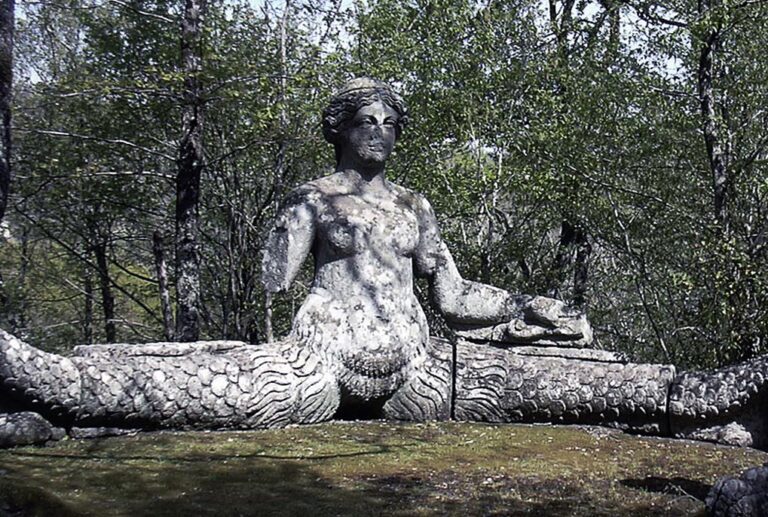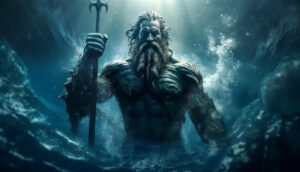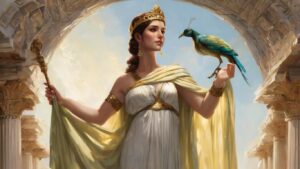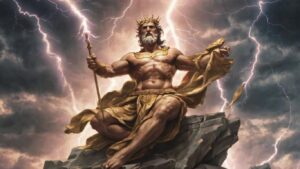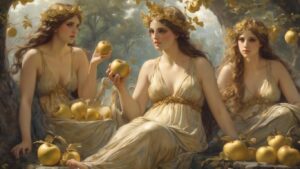Table of Contents
In Greek mythology, artists depict Echidna as a monstrous creature, embodying a fusion of half-woman and half-snake. Her title as the “Mother of All Monsters” stems from her birthing numerous legendary monsters. Mythology describes her as the mate of Typhon, another monstrous figure, and their union gave rise to creatures like the Sphinx, Cerberus, and the Hydra. Echidna, a character of complexity and intrigue in Greek mythology, symbolizes the primal and monstrous facets of nature.
Origin
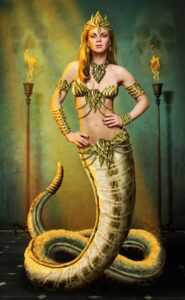
Echidna was born to two primordial sea deities, Ceto and Phorcys. Ceto and Phorcys were ancient marine entities associated with the monstrous and chaotic aspects of the ocean. Echidna emerged from this union as a creature with a unique and fearsome appearance, depicted as half-woman and half-snake. She became known as the “Mother of All Monsters” due to her role in giving birth to a variety of legendary and monstrous offspring in her later union with Typhon.
Family
Echidna’s husband is Typhon, a monstrous figure associated with chaos and storms. Together, they parented various legendary creature. Cerberus, the multi-headed dog guarding the Underworld, emerged as a formidable guardian born of Echidna and Typhon’s union. Chimera, the fire-breathing creature with a lion’s body, a goat’s head, and a serpent’s tail, manifested from the same parentage. The Lernaean Hydra, a serpent-like water monster, bore multiple heads, and when Heracles attempted to defeat it, cutting off one head resulted in two more growing in its place. Orthrus, a two-headed dog and brother to Cerberus, completed the monstrous family. The Sphinx, with a human head, lion body, and bird wings, became known for posing riddles. Lastly, the Nemean Lion, boasting an impenetrable hide, fell victim to Heracles during his labors. Each offspring showcased unique and formidable traits, contributing to the legacy of Echidna’s monstrous lineage.
Current Influence
Echidna does not exert any current influence in the tangible or literal sense. She remains a character within the rich tapestry of mythological narratives, influencing cultural and artistic expressions.
Echidna’s influence persists through the retelling and reinterpretation of Greek myths in literature, art, and popular culture. Her legacy can be seen in various contemporary works that draw inspiration from classical mythology. However, it’s essential to understand that this influence is more symbolic and artistic, contributing to the enduring fascination with mythological storytelling.
In the realm of science, the term “echidna” is also associated with a type of monotreme, a group of egg-laying mammals found in Australia and New Guinea. This usage is unrelated to the mythological Echidna but showcases how mythical names sometimes find echoes in the natural world.
FAQ
What is Echidna?
In Greek mythology, Echidna is a monstrous creature often depicted as a half-woman and half-snake. She is known as the "Mother of All Monsters" for giving birth to numerous legendary monsters.
How to pronounce Echidna?
It is pronounced as ih-KID-nuh.
What does an Echidna look like?
In mythology, Echidna is often depicted as a monstrous creature with the upper body of a woman and the lower body of a snake. This hybrid appearance combines human and serpent features, highlighting the mythological aspect of Echidna as a complex and fearsome entity.
